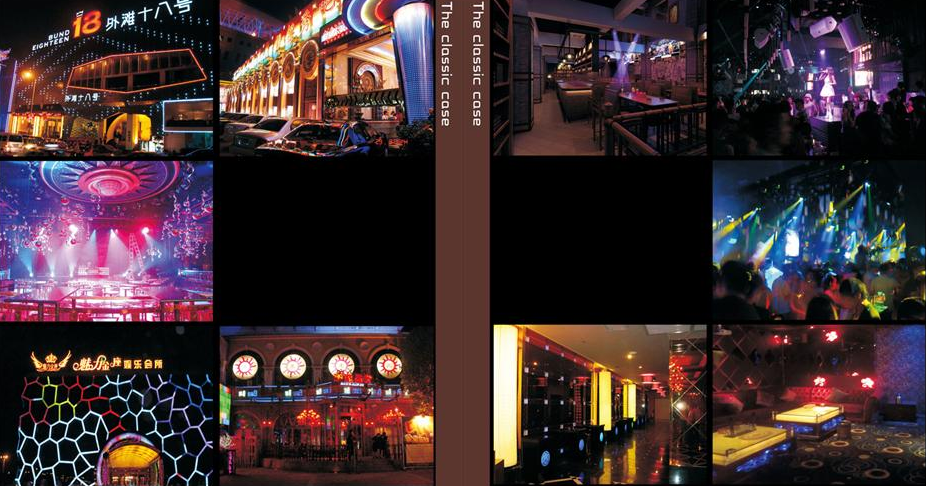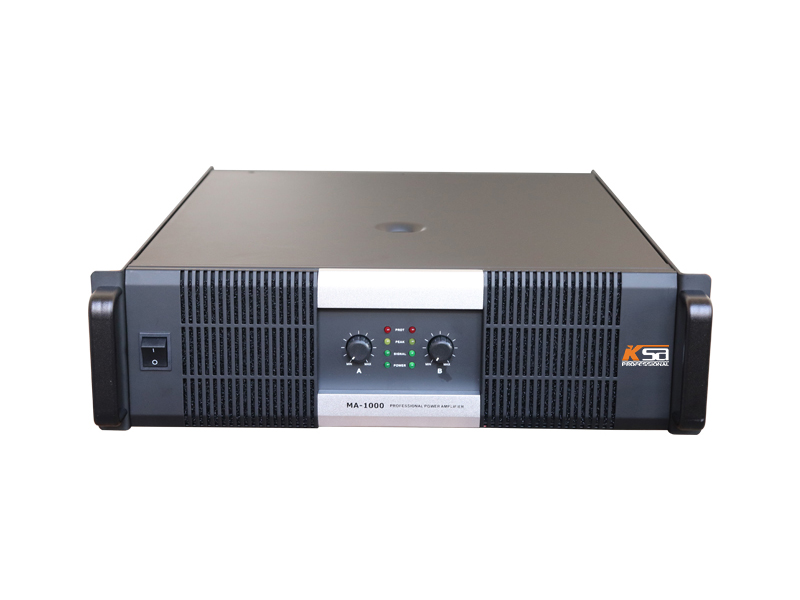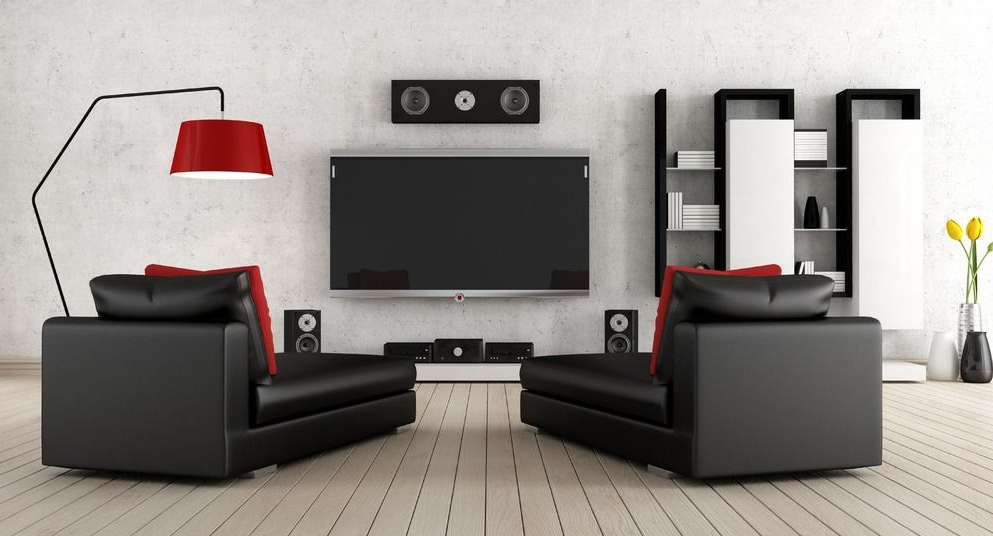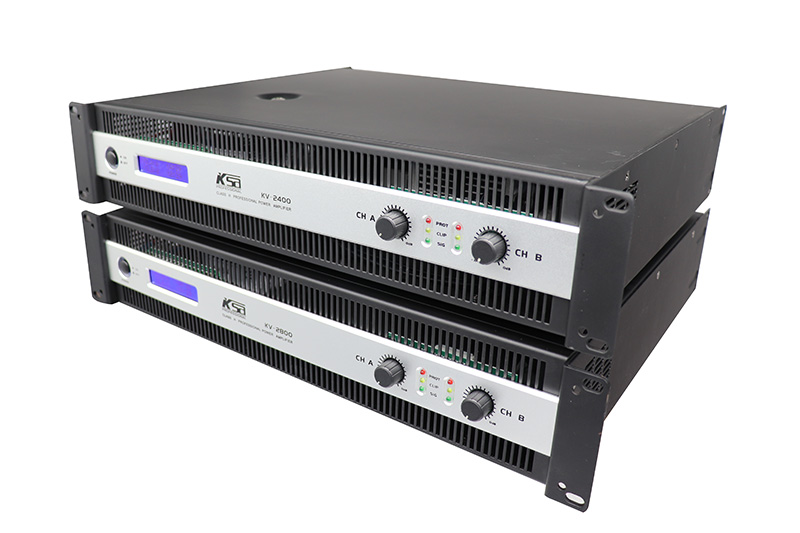ADDERSS
Floor4,Building No,5,Taishi Weijian Industry Zone,Dongyong,Town,Nansha District,Guangzhou.
What is the difference between professional power amplifier and home power amplifier? Six points teach you the difference between the two!
Many audio enthusiasts have seen the electrical schematic diagrams of professional power amplifiers and home power amplifiers. If you only look at the electrical schematics, it seems that there is no obvious difference between professional power amplifiers and home power amplifiers. From the point of view of usage, both are used to drive speakers to reproduce sound, which seems to be the same. In terms of performance indicators, the basic performance indicators of this home power amplifier and professional power amplifiers are similar. How to distinguish the two in practical applications? The following editor will take you to see where the two are different.
Use environment

The use environment is different. Household power amplifiers are generally used for home playback. They are characterized by delicate and soft sound quality, more delicate and beautiful appearance, not high playback sound pressure level, and low power. Professional power amplifiers are generally used in professional entertainment venues such as song and dance halls, karaoke halls, Beijing Theater, auditoriums and stadiums. Generally, professional power amplifiers have high sensitivity, good strength, and high power. Compared with household power amplifiers, their sound quality is harder and the appearance is not very delicate.
Material configuration

The material configuration is different. Professional amplifiers generally need to work continuously for a long time under high power conditions, so professional power amplifiers require large power margins, high reliability, low output stage temperature rise, and better circuit stability. To meet such requirements, amplifiers have special considerations that are different from household amplifiers in terms of design and materials.
For example, the capacity of the power circuit of a professional power amplifier is often based on the actual consumption of the amplifier, plus sufficient margin, so it is much larger than the capacity of a household power amplifier of the same nominal power. The high-power devices of professional power amplifiers often choose specifications with maximum current and withstand voltage higher than the rated value. The radiator of the output stage also adopts a large exposed radiator to facilitate heat dissipation and ensure a higher temperature rise during inequality time work. low.
The KSA MA+ series of professional power amplifiers are suitable for on-site sound reinforcement systems and fixed installations.
If we look at professional power amplifiers and household power amplifiers whose rated output power is also 100W×2, we can find that the radiator of professional power amplifiers is much larger. This is because although the home power amplifier has a nominal rated output power of 100W, in actual use it often only works at a small output power (generally, the average power is about 10W). Only when the burst peak signal of certain music is broadcast, the output power of tens of watts can be reached in a short time.
Therefore, the actual workload of the output stage of the home power amplifier is lighter. Professional power amplifiers with a rated output power of 100W often reach close to "full power" in actual use. The actual work load is heavier, so the output stage generates more heat and requires a larger radiator for good performance. Heat dissipation.
Amplifier design

From the perspective of amplifier design requirements, home amplifiers are often used in quieter home environments, and are usually used for music appreciation and movie playback. The HI-FI amplifier used in the home is more for realizing the "original sound" of the music, requiring the level and detail of the music to be played. Therefore, home power amplifiers have higher requirements for sound fidelity, and require softer, detailed, and pleasant sounds.
Professional power amplifiers are often used in large-scale sound reinforcement to drive professional speakers. Therefore, they require strong driving ability, sufficient output power, bright, clear sound, and sufficient strength. Therefore, the sound characteristics of the two are also somewhat different. However, some very advanced professional power amplifiers also pay more attention to the fidelity of the sound. If they are matched with higher-level professional speakers, the sound is clearer, more detailed and layered.
Function setting
From the perspective of function settings, professional power amplifiers often work with front-end equipment such as mixers, so they are mostly pure rear-end amplifiers. The setup of professional amplifiers is very simple, often there are only power switches and output level adjustment potentiometers (or step attenuators) on the panel. However, due to the actual needs of professional power amplifiers, they can often work in a dual-channel state, or become a mono amplifier after being "bridged", so professional power amplifiers are mostly equipped with "bridge" switches.
There are many models of household power amplifiers that are "combined" amplifiers with pre-amplifiers. This combined amplifier has more functions, often with audio source selection, monotone control, and multiple audio input interfaces.
Amplifier working status
From the perspective of the working status of the amplifier, professional power amplifiers pay more attention to the efficiency of the amplifier, so most of them are class AB amplifiers. Some household power amplifiers use class AB amplifiers, or "high-bias class AB" amplifiers, some use class A amplifiers, and some also use dynamically biased "super class A" amplifiers. From the output power point of view, professional power amplifiers tend to have relatively large output power, and the output power of a single unit can reach more than 1000W. The rated output power of household power amplifiers is mostly below 200W.
Price professionalism

From the perspective of price and professionalism, the first intuitive feature of professional power amplifiers is that they are expensive. The special protection circuit of professional power amplifiers can protect the power amplifier and speakers from damage. Its protection modes include short-circuit protection, overheat protection, overcurrent protection, etc. Professional power amplifiers have high power and a variety of amplifier circuits. The home power amplifier has simple functions and low power, so the price is much cheaper.
Copyright © 2025 Guangzhou KAIXU Audio Equipment Co., Ltd | All Rights Reserved Sitemap
Hello, please leave your name and email here before chat online so that we won't miss your message and contact you smoothly.